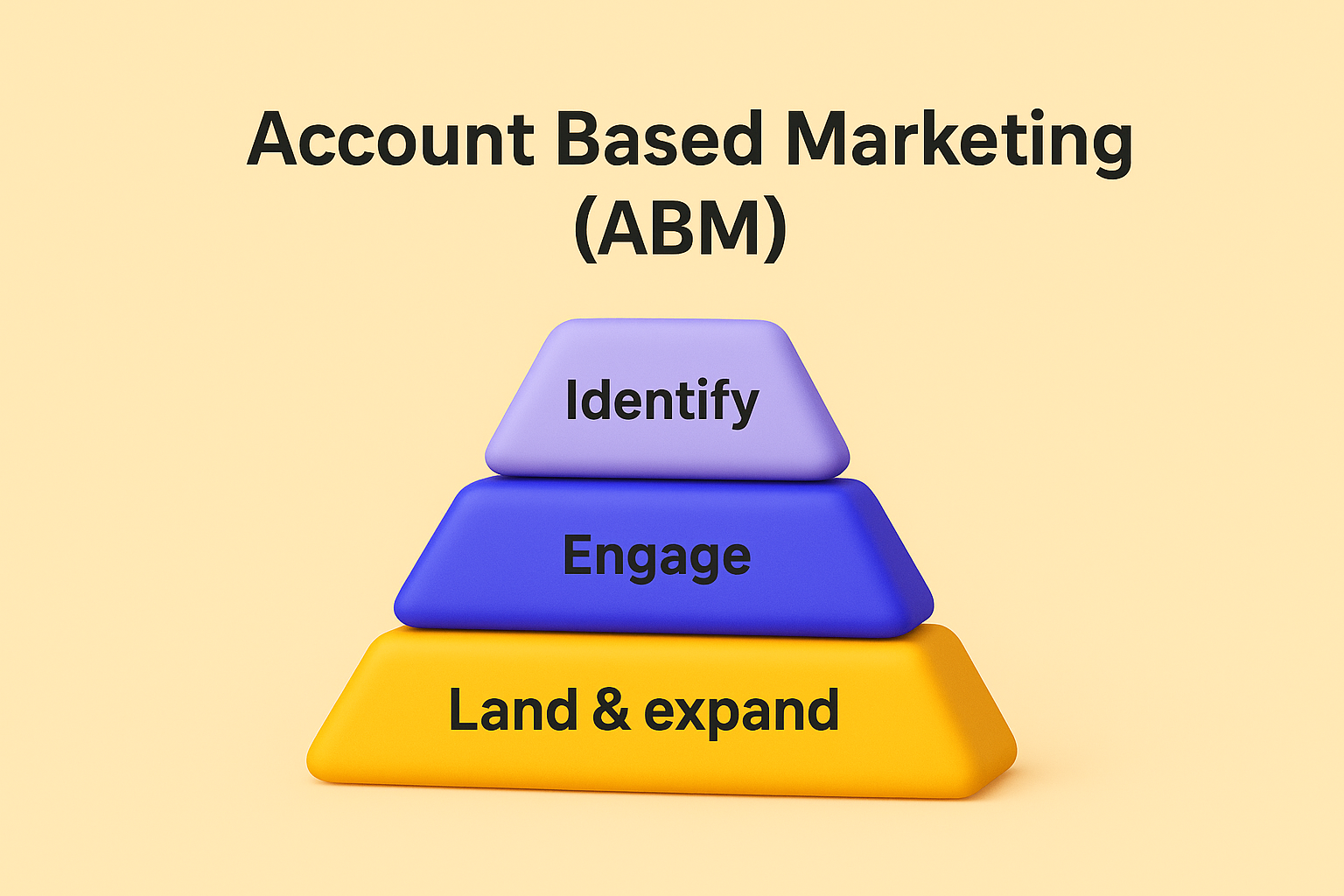Metamaterials Market Report: Unlocking Growth Potential and Addressing Challenges
United States of America – September 29, 2025 – The Insight Partners is proud to announce its newest market report, "Metamaterials Market: An In-depth Analysis of the Metamaterials Market." The report provides a holistic view of the Metamaterials Market and describes the current scenario as well as growth estimates during the forecast period.
Overview of Metamaterials Market
The metamaterials market is gaining momentum globally due to its wide-ranging applications in aerospace, defense, telecommunications, medical imaging, and consumer electronics. Metamaterials—engineered materials with unique electromagnetic, acoustic, or optical properties not found in natural substances—are revolutionizing next-generation technologies such as cloaking devices, superlenses, and 5G/6G communication systems. Increasing investment in R&D, government funding, and commercialization efforts by startups and established players are driving strong market expansion.
Key Findings and Insights
Market Size and Growth
Metamaterials Market is expected to register a CAGR of 37.9% from 2025 to 2031. Growth is fueled by expanding demand for advanced communication systems, defense radar applications, and miniaturized electronic components.
• Key Factors: Rising need for efficient antennas, growth of 5G and upcoming 6G networks, increased defense spending, and demand for superior imaging and sensing technologies are major growth drivers. However, high fabrication costs, limited mass-scale production capabilities, and regulatory hurdles for defense applications pose challenges.
Market Segmentation
• By Product Type: Electromagnetic metamaterials, photonic metamaterials, terahertz metamaterials, acoustic metamaterials, and tunable metamaterials.
• By Application: Antennas & radars, absorbers, cloaking devices, superlenses, communication devices, sensors, and solar panels.
• By End-Use Industry: Aerospace & defense, telecommunications, healthcare, automotive, consumer electronics, and energy & power.
• By Region: North America, Europe, Asia-Pacific, Middle East & Africa, and South America.
Spotting Emerging Trends
• Technological Advancements: Development of tunable metamaterials for adaptive optics, metamaterial-based antennas for satellites and IoT, and metamaterials integrated with nanotechnology and AI-driven designs.
• Changing Consumer Preferences: Rising preference for faster, more reliable wireless connectivity and miniaturized, lightweight consumer electronics is boosting demand for metamaterial-enabled devices.
• Regulatory Changes: Increased government investments in defense projects using metamaterials, coupled with evolving export controls and intellectual property regulations, are shaping the market landscape.
Growth Opportunities
1. Telecommunications Boom: Growing adoption of metamaterial-based antennas for 5G and 6G infrastructure offers substantial commercial opportunities.
2. Defense & Aerospace Innovation: Use of cloaking technologies, stealth applications, and radar-absorbing materials in military and aerospace industries will continue to expand.
3. Healthcare Applications: Metamaterial-based imaging devices, sensors, and wearable medical equipment provide new avenues for growth in diagnostics and treatment.
4. Renewable Energy Integration: Metamaterials are being explored for improving solar energy harvesting and wireless energy transfer, offering potential in sustainable technologies.
5. Commercialization of Consumer Electronics: Incorporation of metamaterials in smartphones, VR/AR headsets, and other consumer devices is expected to accelerate market penetration.
Conclusion
The Metamaterials Market: Global Industry Trends, Share, Size, Growth, Opportunity, and Forecast 2023–2031
Metamaterials Market Report: Unlocking Growth Potential and Addressing Challenges
United States of America – September 29, 2025 – The Insight Partners is proud to announce its newest market report, "Metamaterials Market: An In-depth Analysis of the Metamaterials Market." The report provides a holistic view of the Metamaterials Market and describes the current scenario as well as growth estimates during the forecast period.
Overview of Metamaterials Market
The metamaterials market is gaining momentum globally due to its wide-ranging applications in aerospace, defense, telecommunications, medical imaging, and consumer electronics. Metamaterials—engineered materials with unique electromagnetic, acoustic, or optical properties not found in natural substances—are revolutionizing next-generation technologies such as cloaking devices, superlenses, and 5G/6G communication systems. Increasing investment in R&D, government funding, and commercialization efforts by startups and established players are driving strong market expansion.
Key Findings and Insights
Market Size and Growth
Metamaterials Market is expected to register a CAGR of 37.9% from 2025 to 2031. Growth is fueled by expanding demand for advanced communication systems, defense radar applications, and miniaturized electronic components.
• Key Factors: Rising need for efficient antennas, growth of 5G and upcoming 6G networks, increased defense spending, and demand for superior imaging and sensing technologies are major growth drivers. However, high fabrication costs, limited mass-scale production capabilities, and regulatory hurdles for defense applications pose challenges.
Market Segmentation
• By Product Type: Electromagnetic metamaterials, photonic metamaterials, terahertz metamaterials, acoustic metamaterials, and tunable metamaterials.
• By Application: Antennas & radars, absorbers, cloaking devices, superlenses, communication devices, sensors, and solar panels.
• By End-Use Industry: Aerospace & defense, telecommunications, healthcare, automotive, consumer electronics, and energy & power.
• By Region: North America, Europe, Asia-Pacific, Middle East & Africa, and South America.
Spotting Emerging Trends
• Technological Advancements: Development of tunable metamaterials for adaptive optics, metamaterial-based antennas for satellites and IoT, and metamaterials integrated with nanotechnology and AI-driven designs.
• Changing Consumer Preferences: Rising preference for faster, more reliable wireless connectivity and miniaturized, lightweight consumer electronics is boosting demand for metamaterial-enabled devices.
• Regulatory Changes: Increased government investments in defense projects using metamaterials, coupled with evolving export controls and intellectual property regulations, are shaping the market landscape.
Growth Opportunities
1. Telecommunications Boom: Growing adoption of metamaterial-based antennas for 5G and 6G infrastructure offers substantial commercial opportunities.
2. Defense & Aerospace Innovation: Use of cloaking technologies, stealth applications, and radar-absorbing materials in military and aerospace industries will continue to expand.
3. Healthcare Applications: Metamaterial-based imaging devices, sensors, and wearable medical equipment provide new avenues for growth in diagnostics and treatment.
4. Renewable Energy Integration: Metamaterials are being explored for improving solar energy harvesting and wireless energy transfer, offering potential in sustainable technologies.
5. Commercialization of Consumer Electronics: Incorporation of metamaterials in smartphones, VR/AR headsets, and other consumer devices is expected to accelerate market penetration.
Conclusion
The Metamaterials Market: Global Industry Trends, Share, Size, Growth, Opportunity, and Forecast 2023–2031


